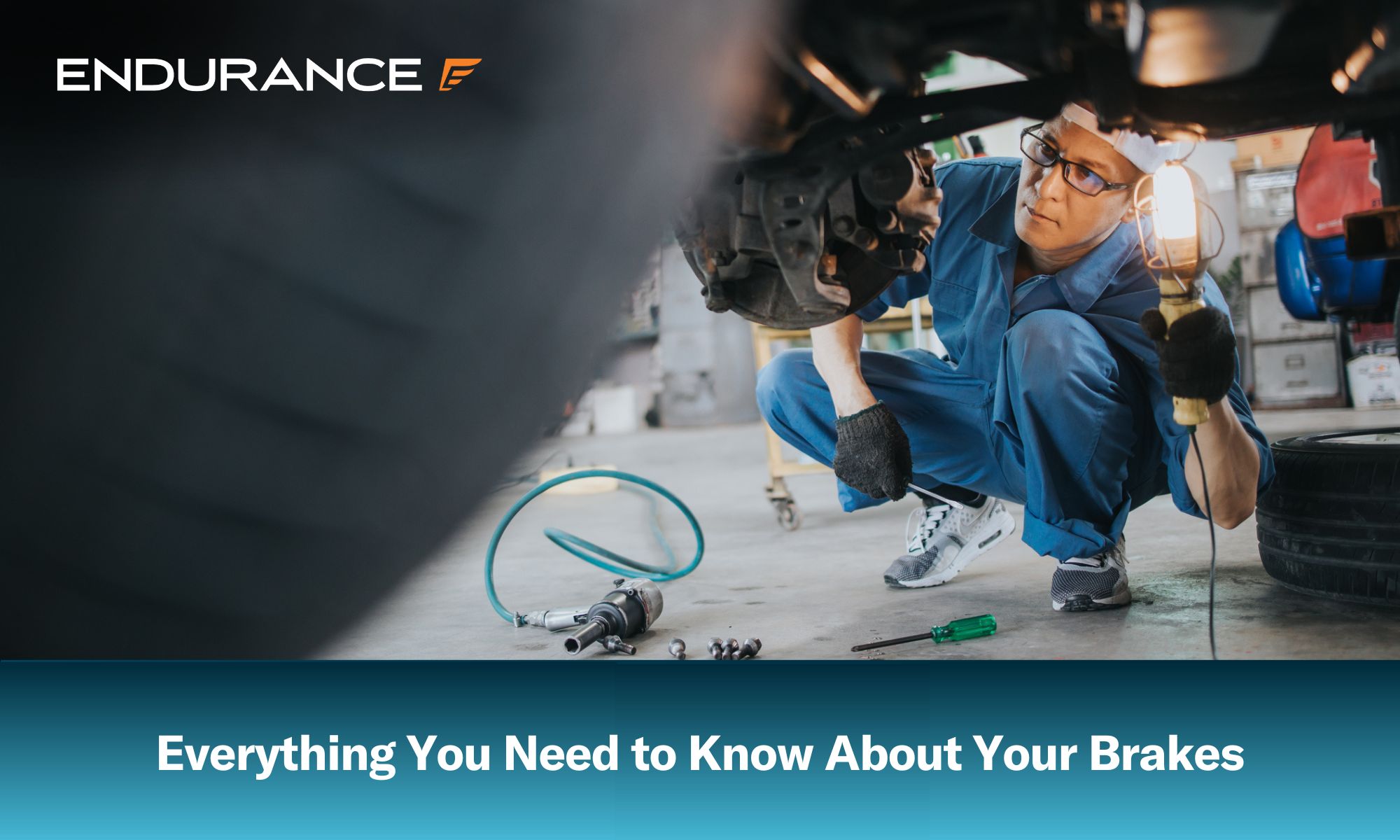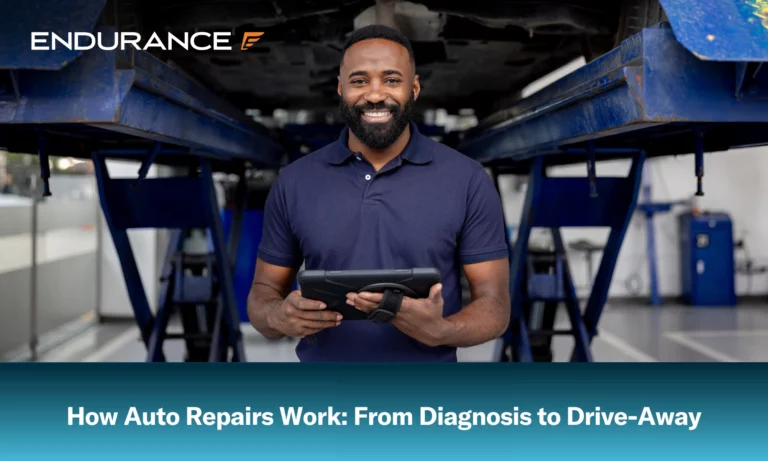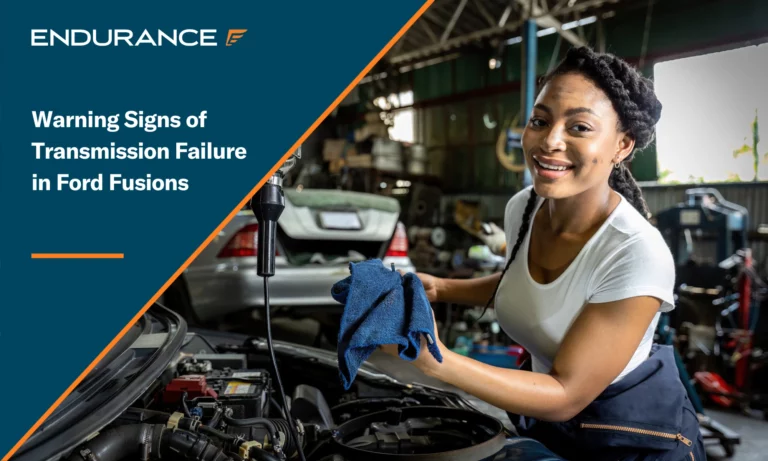Brakes Uncovered: Everything You Need to Know About Your Car’s Braking System

When driving a car, you probably go about your routine without thinking twice. Turning the car on, switching the headlights on, and applying the brakes have all become second nature, and you may take your regular driving habits for granted.
So what happens when the brakes on your car don’t work like they usually do? A vibration, grinding sound, or spongy pedal can come out of nowhere, causing your vehicle not to brake like it used to. Here, we’ll look at what makes up your brake system and what problems you may face with your brake system.
What Parts Make Up a Car’s Braking System?
The brake system on your vehicle comprises various components that help stop your vehicle with the press of a pedal. Let’s look at the different brake system components and everything you need to know.
- Brake Pedal: A brake pedal is the component you push to apply the brakes.
- Brake Booster: A brake booster uses an engine vacuum to reduce the pressure to apply the brakes.
- Master Cylinder: The master cylinder stores and distributes your brake fluid to each brake line.
- Brake Rotors: Brake rotors are what your brake pads clamp against to slow your vehicle down.
- Brake Calipers: The brake calipers on your car contain pistons that push outward when your brake pedal is applied, pressing the pads against the rotors.
- Brake Pads: The brake pads are the component that pushes against the rotor to slow your vehicle down.
- Brake Drums (If Equipped): On older vehicles, brake drums were used in the rear of the car instead of rotors and calipers.
- ABS Control Module: The ABS control module keeps your ABS in check and ensures the right amount of pressure is sent to each caliper.
- Emergency Brake: The emergency brake is a secondary manual brake system that uses a cable to apply the rear brakes in an emergency.
How Brakes Work: The Science Behind It
While pushing a brake pedal seems straightforward, a lot goes into stopping a vehicle. When your brake pedal is applied, a rod in your master cylinder moves back and forth to push fluid into your brake lines. These brake lines are connected to your brake calipers, allowing brake fluid to push your caliper piston against the brake pads. Once this happens, the brake pads squeeze the rotors, causing your vehicle to slow down.
The Different Types of Brake Systems
Regarding cars, there are two primary brake systems to know about: disc brakes and drum brakes.
Disc Brakes: Disc brakes are the most modern and common type of brake system. A disc brake system contains disc brake rotors, calipers, and brake pads that work together to slow your vehicle down. If your vehicle is new, your car’s brakes are most likely outfitted with disc brakes.
Drum Brakes: Drum brakes were one of the original automotive brake systems and utilized brake drums and brake shoes to slow your vehicle down. Drum brakes have been phased out and are usually only found in older vehicles.
Common Brake Problems and Solutions
Brake issues are some of the most common problems found on most vehicles. Since brakes are used every time you slow down or come to a stop, they tend to be one of the most commonly worn items. Let’s look at a few of the most common brake issues.
Squeaking Noises
A squeaking noise from your brakes usually means that a component has worn down and must be replaced. Have your mechanic check the condition of the brake pads and rotors.
Brake Light On
If you see a brake light or warning light turn on within your dashboard, this indicates a brake system issue. Have your mechanic run a diagnostic test to determine what is wrong with your brakes or wear indicator.
Spongy or Soft Brakes
A spongy or soft brake pedal feel is a sure sign that air is trapped in your brake system. This usually happens when brakes are improperly installed or your master cylinder is low on fluid. To get air out of your brake system, you will usually need a professional to bleed your brake system.
Brake Fluid Leak
If you notice leaking fluid coming from your vehicle, it is essential to determine its type. Fluid can leak from a master cylinder, brake booster, calipers, and any junction in your brake lines. Depending on the severity of the issue, a brake professional will need to be consulted.
Car Pulling to One Side When Braking
If your vehicle feels like pulling to one side when your brakes are applied, there is a good chance that one caliper is not working. The pulling force comes from one brake used while the other is not.
Vibrations When Braking
Lastly, a common issue is a vibration from your brakes when you apply the brake pedal. This is usually due to a warped rotor that causes a vibration as the brake pad hits high and low spots when trying to make complete contact.
How to Properly Maintain Your Brakes
Maintaining your brakes is vital to taking care of your vehicle. Since your brake system is one of your car’s most critical safety features, it is crucial to understand how to maintain it.
Maintaining your brakes is easy; you only need to monitor your brake fluid level and pad life. When brakes wear down, you can hear that they must be replaced. Check your brakes and brake fluid levels every oil change to ensure you stay ahead of any potential issues.
Another great tip is to never spray water directly on a hot rotor. If you plan on washing your vehicle, allow your car to cool down, as the drastic temperature change can warp your rotors, causing a vibration when the brakes are applied.
DIY vs. Professional Brake Services
You can choose the DIY method when servicing your brakes or take your vehicle to a professional brake repair center. If you are mechanically inclined, a brake job is pretty simple and can save you some money on your car repair. You must ensure that you follow any special procedures for your vehicle, as some manufacturers may require special instructions.
Taking your vehicle to a professional is highly recommended to simplify things and ensure the book does your brake job. A professional brake or auto repair shop will have all the specialty tools needed to complete your brake job and can look over any other areas of concern simultaneously.
How Endurance Can Help Keep Your Brake System Maintained
The brake system in your vehicle comprises a few different components, many of which are considered maintenance items. Maintenance items include new brake pads and rotors designed to wear out over time.
While brake pads and rotors are not covered by factory or extended warranties, Endurance offers a routine maintenance plan called Advantage that offers up to $3,500 in maintenance coverage with brake pad replacements included. This plan encompasses essential component protection, maintenance coverage, and an array of unrivaled benefits to fit vehicles of various ages and mileages. From daily drivers to long road trippers, Advantage ensures your car gets the service it deserves.
Get started with an auto protection plan by requesting a FREE quote or calling (800) 253-8203 to speak to an Endurance team member. You can also shop our online store for instant pricing and coverage details.













Larry Witherspoon Jr. is a co-founder and Executive Director of the Automotive Training Center. Larry has held multiple leadership positions in the U. S. Navy and with various Fortune 100 companies. In addition to his business experience, Larry grew up understanding the difficulties all young men face becoming adults especially those that come from challenging circumstances. He has taken those experiences growing up and combined them with his passion for vehicles to start the Automotive Training Center. Read more about Larry.